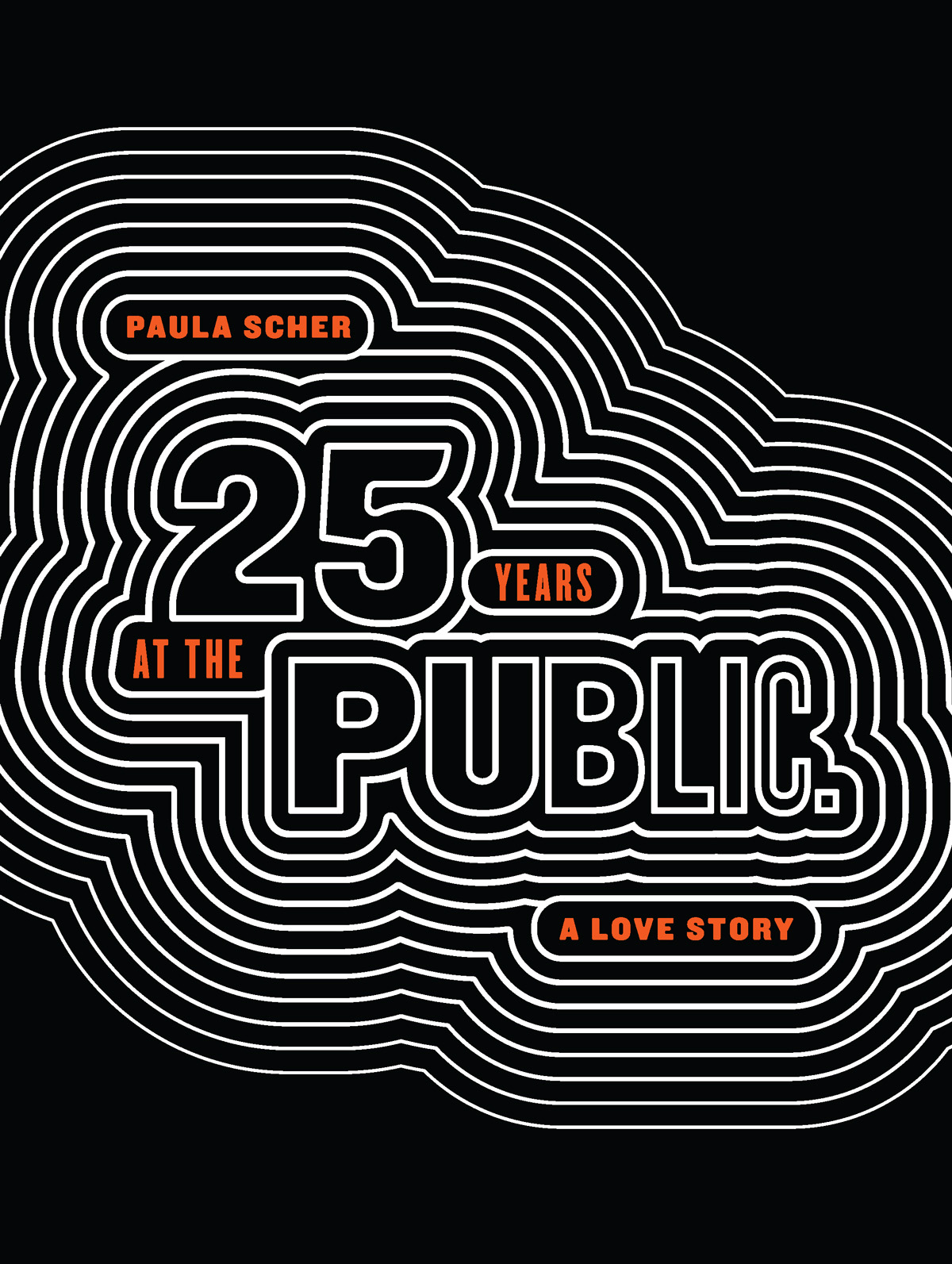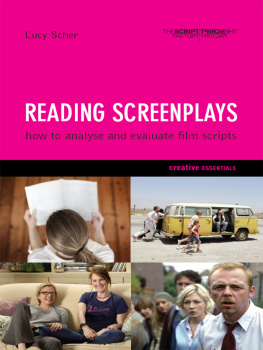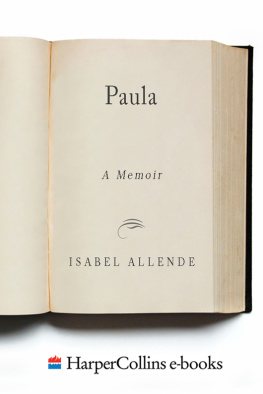Paula Scher - Paula Scher: 25 years at the public
Here you can read online Paula Scher - Paula Scher: 25 years at the public full text of the book (entire story) in english for free. Download pdf and epub, get meaning, cover and reviews about this ebook. year: 2020, publisher: Princeton Architectural Press, genre: Detective and thriller. Description of the work, (preface) as well as reviews are available. Best literature library LitArk.com created for fans of good reading and offers a wide selection of genres:
Romance novel
Science fiction
Adventure
Detective
Science
History
Home and family
Prose
Art
Politics
Computer
Non-fiction
Religion
Business
Children
Humor
Choose a favorite category and find really read worthwhile books. Enjoy immersion in the world of imagination, feel the emotions of the characters or learn something new for yourself, make an fascinating discovery.

- Book:Paula Scher: 25 years at the public
- Author:
- Publisher:Princeton Architectural Press
- Genre:
- Year:2020
- Rating:4 / 5
- Favourites:Add to favourites
- Your mark:
- 80
- 1
- 2
- 3
- 4
- 5
Paula Scher: 25 years at the public: summary, description and annotation
We offer to read an annotation, description, summary or preface (depends on what the author of the book "Paula Scher: 25 years at the public" wrote himself). If you haven't found the necessary information about the book — write in the comments, we will try to find it.
Paula Scher: 25 years at the public — read online for free the complete book (whole text) full work
Below is the text of the book, divided by pages. System saving the place of the last page read, allows you to conveniently read the book "Paula Scher: 25 years at the public" online for free, without having to search again every time where you left off. Put a bookmark, and you can go to the page where you finished reading at any time.
Font size:
Interval:
Bookmark:


The twenty-five years of work in this book would not have been possible without the combined generosity and influence of my partners at Pentagram New York. This book is dedicated to them all.
Colin Forbes
Peter Harrison
Woody Pirtle
Michael Bierut
James Biber
Michael Gericke
Abbott Miller
Lisa Strausfeld
Luke Hayman
Eddie Opara
Emily Oberman
Natasha Jen
Giorgia Lupi
PAULA SCHER 25 YEARS AT THE PUBLIC A LOVE STORY
In 1992, when I was appointed producer of the Joseph Papp Public Theater and New York Shakespeare Festival (now known as Shakespeare in the Park), I wanted to send a strong signal to the theater-going community that on any given night the five stages of the Public were going to be home to a multiplicity of voices, that it was a truly American theater featuring new work by Arthur Miller, and Sam Shepard, and Suzan-Lori Parks, and Michael John LaChiusa, and Nilo Cruz, and Jessica Hagedorn, and Thulani Davis, and Tony Kushner, and Robert OHara, and Lisa Kron, and Jeanine Tesori, and Chay Yew, ad infinitum. The idea I had firmly fixed in my head was for the lobby of the institution to look and feel like the Forty-Second Street subway stop at rush hour: expansive, chaotic, and vibrating with intensity. And so I set out to find a visual artist whose work could effortlessly deliver this vision of the Public to the public. Enter Paula Scher.
For years, the glorious illustrations of Paul Davis were synonymous with the Public and the New York Shakespeare Festival. His iconic postersfeaturing the faces of Sam Waterston in Hamlet, Raul Julia in The Threepenny Opera, Irene Worth in The Cherry Orchard, Meryl Streep in Measure for Measure, Ntozake Shange in For Colored Girls Who Have Considered Suicide / When the Rainbow Is Enufbecame the singular trademark of the Public under the astonishing tenure of its founder, Joseph Papp. So when Wiley Hausam, the Publics associate producer, introduced me to Paula and her work, one of the first things Paula suggested was visually wiping the slate clean, replacing illustrations with typography.
I recently looked at one of the many season announcement ads Paula created for the Public. There are literally hundreds of words colliding, confronting, and complementing one another. The ad did exactly what I wanted it to dosend a signal that the institution was becoming expansive and inclusive and intensely vibrant.
To my mind Paulas most joyfully aggressive work on that most joyfully aggressive show, Bring in da Noise, Bring in da Funk, was the apotheosis of her collaboration with the theater. What started as a tap rap discourse on the staying power of the beat downtown at the Publics Newman Theater soon found itself on Broadway and touring the country. But instead of existing within the pages of the Arts and Leisure section of the New York Times, Paulas work on Noise/Funk was emblazoned atop water tanks in Brooklyn, up and down Eighth Avenue, and on study guides handed out to students attending the show. Designed to capture the energy of New York, the show was suddenly everywhere. Noise/Funk, the city, and the Public had visually become one.
I am deeply proud of my collaboration with Paula. I am even prouder that she continues to work with the institution to this very day. She is a brilliant storyteller, as brilliant as the writers whose work she celebrates in her posters and designs. Indeed, enter Paula Scher.
When I became artistic director of the Public in 2005, I knew that I had the great good fortune of taking over a theater whose mission I believed in with all my heart. I had no need to change an iota of the mission: I only needed to figure out how to implement it in the most dynamic and timely way possible.
What I didnt realize was that I was inheriting a graphic designer whom I would be lucky enough to work with for the next fifteen yearsand hopefully far beyond.
When Paula Scher began working for the Public in 1994, her graphics instantly became recognizable to theater artists across the country. Her designs were bold, contemporary, and utterly gorgeous. They also looked nothing like traditional theater graphics, a great thing considering the stodgy and aged image my chosen art form had acquired in later twentieth-century America. Over the next decade, I watched with great admiration how George C. Wolfes stewardship of the Public was reflected and magnified in Paulas striking images.
Not until preparing for the publication of this book did I discover that Paula had expected to be fired when I asked her to lunch in 2005; I did, indeed, take her to a very nice restaurant because I was praying I could entice her to stay. In this ephemeral field, continuity is a great virtue, and it was important to me that I retain one of the great assets of the Public. When she agreed to take on the task of refreshing and revitalizing the look of the Public, I was thrilled.
Most of my job in our collaboration has been saying yes to Paula: yes to the remarkable designs and identities she has constructed, season after season, for our shows; yes to the integration of our graphics so that all our programs, shows, and spaces are knit together by the same visual vocabulary; yes to the intuitive leaps of genius that come to her with shocking regularity.
The Public is a great theater because its mission is great: to make the culture belong to everyone. That fiercely democratic vision is larger than any single play or program. If we didnt make wonderful plays or create successful programs, wed be in troublebut if we were to lose our sense of mission, wed lose our necessary position in New Yorks, and Americas, cultural landscape.
Paula has made that mission visiblethrough typography and ink and colors and graphics. If we know who we are, if the world knows who the Public is, it is in large part because Paula has shown us what we look like.
I am more honored than I can say by our collaboration. This book is a remarkable tale of the work of a remarkable woman.
For a quarter-century Paula Scher has designed the identity for the Public (except during a brief, tense period, as one has with any love affair). It is extraordinarily rare for a graphic designer to be with one client for so long. Scher notes, I really could not have done great work if I did not have twenty-five years to work out the kinks. Surprisingly, she told me that it took nineteen of those years to finally figure out how to perfect the evolving visual system that has given this important New York cultural institution its alluring public face.
Typography is the not-so-secret ingredient in this sauce; Scher is a brilliant typographer, as you can see. Still, she admits her recipe required a fair amount of trial and error to make the graphic feast as tasty as it is. Looking at this body of materialand especially the postersI never suspected there were trials or errors. But she has endured her share.
In 1954 impresario Joseph Papp founded the New York Shakespeare Festival at the open-air Delacorte Theater in Central Park; in 1967 he acquired the venerable Astor Library, which was transformed into a suite of theaters dedicated to presenting new productions of time-honored classics and intrepid new works. The theater did not have a distinct (or any) design identity until 1994, a few years after Papp died, when George C. Wolfe, the new artistic director, hired Scher to help him reshape the vision.
Next pageFont size:
Interval:
Bookmark:
Similar books «Paula Scher: 25 years at the public»
Look at similar books to Paula Scher: 25 years at the public. We have selected literature similar in name and meaning in the hope of providing readers with more options to find new, interesting, not yet read works.
Discussion, reviews of the book Paula Scher: 25 years at the public and just readers' own opinions. Leave your comments, write what you think about the work, its meaning or the main characters. Specify what exactly you liked and what you didn't like, and why you think so.








